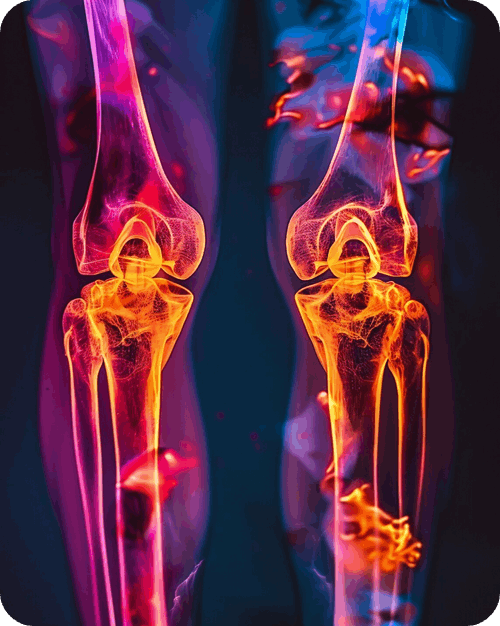Joint pain affects how people move, work, and enjoy life. It often results from injury, overuse, or conditions like arthritis. Medications, rest, and therapy help many people manage early symptoms. When these methods stop working, orthopedic surgery may provide long-term relief.
Orthopedic surgery focuses on joints, bones, muscles, and ligaments. It helps people regain mobility and reduce pain. Conditions such as osteoarthritis, rheumatoid arthritis, or trauma often lead to damaged joints. Surgery can restore function and improve a person’s daily comfort.
Common Causes of Ongoing Joint Pain
Osteoarthritis is a top cause of joint pain. It occurs when cartilage breaks down from wear and tear. This leads to swelling, stiffness, and pain with movement. Rheumatoid arthritis also damages joints by causing long-term inflammation.
Injuries from falls, accidents, or sports often damage cartilage or tear ligaments. These injuries may heal poorly and cause chronic issues. Some people also experience joint pain from aging or poor joint alignment. When pain becomes severe, surgery may offer a solution.
Types of Orthopedic Surgeries for Relief
Orthopedic surgery includes joint replacement procedures that remove damaged parts and replace them with artificial implants. Surgeons commonly perform these surgeries on knees, hips, and shoulders to restore function and reduce pain. Many patients regain mobility and return to normal routines within a few months after surgery. These results can often last for many years with proper care and follow-up.
Orthopedic surgery also includes less invasive options like arthroscopy, which uses small tools and a camera to repair joint damage. This method treats ligament injuries, cartilage tears, and removes loose bone fragments with shorter recovery times. Osteotomy and synovectomy offer relief by reshaping bones or removing inflamed joint tissue that causes pain. Cartilage restoration can help younger patients delay or avoid the need for full joint replacement.
Benefits of Orthopedic Surgery
Surgery often brings lasting relief when physical therapy and medications no longer manage chronic joint pain effectively. Most patients report significant improvements in pain levels and enjoy greater ease with daily movements. After recovery, many return to walking, climbing stairs, and performing routine tasks without discomfort. Some even regain the strength and confidence to resume exercise, sports, or other physical hobbies they once avoided.
Better joint function can improve sleep, reduce stress, and support a more positive outlook on daily life. People often feel more confident and independent when they no longer struggle with painful joint movements. Advanced surgical techniques use smaller incisions and precise tools, which help shorten recovery time and reduce complications. With consistent follow-up care, joint surgery can offer improved mobility and comfort for many years to come.
Take the First Step Toward Lasting Joint Pain Relief
Recovery begins right after orthopedic surgery, with most patients starting physical therapy or light movement within a few days. Therapy helps rebuild strength, improve balance, and restore motion in the affected joint. Doctors often recommend long-term lifestyle changes like low-impact exercise, a healthy diet, and weight management. These habits protect the new joint, support healing, and help prevent future joint problems or discomfort.


Leave a Reply